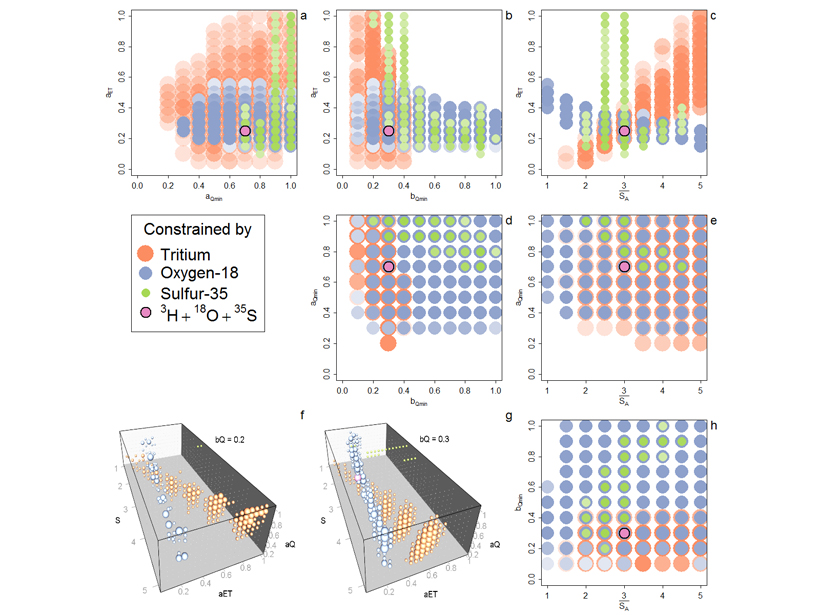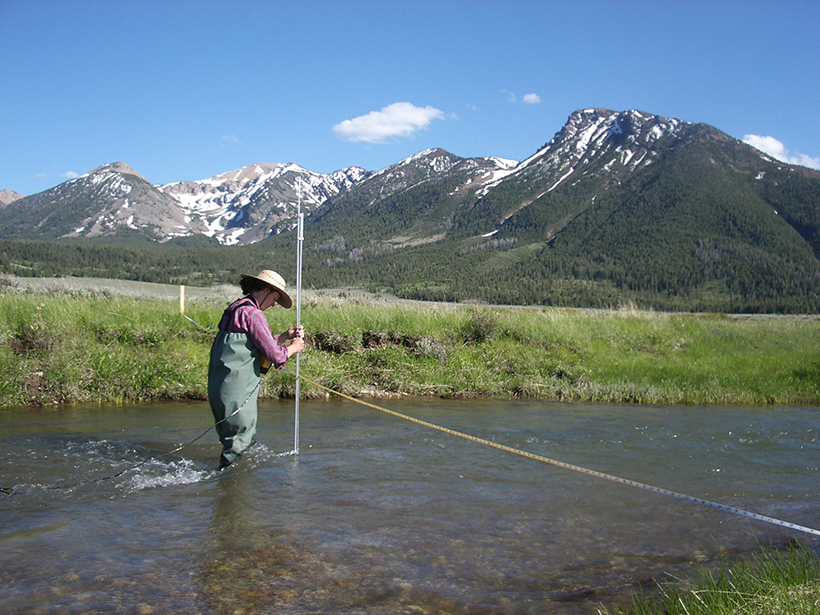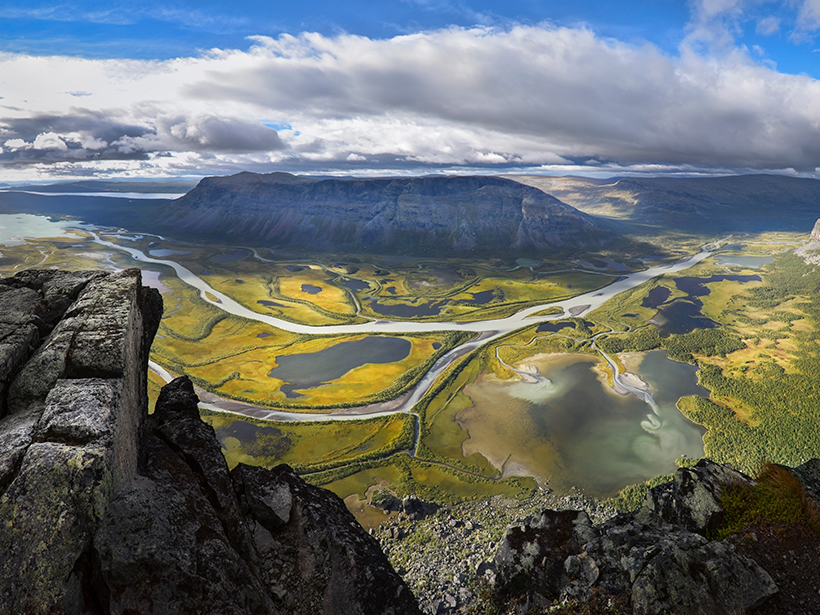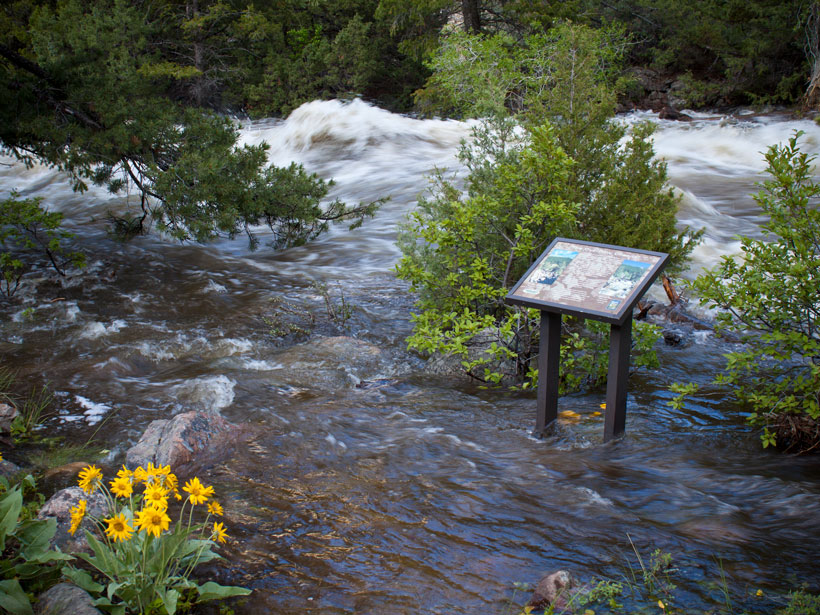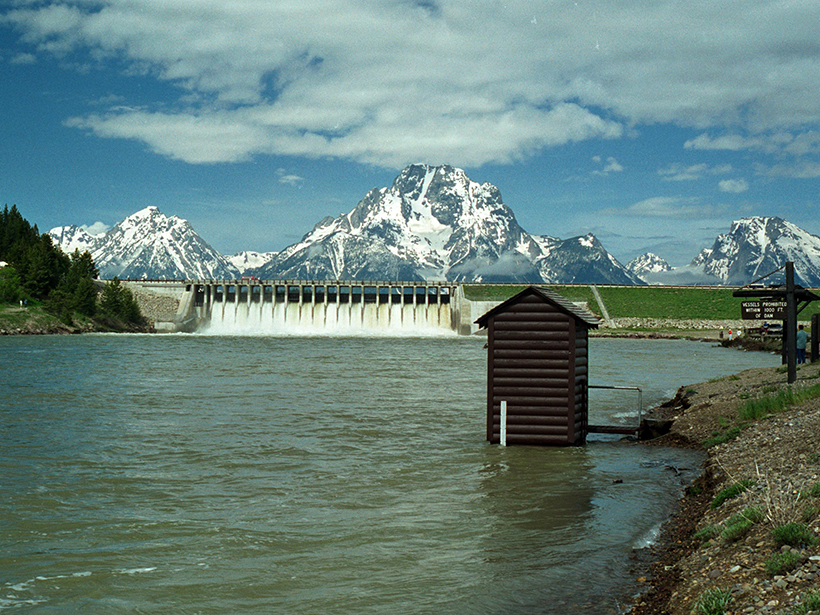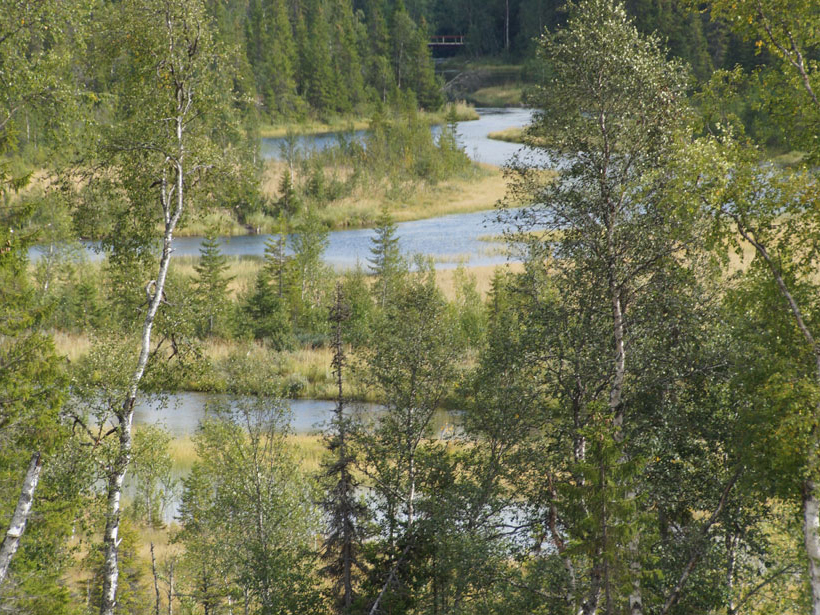Sedimentary deposits reveal a Nile-sized river system flowing from what are today Turkey and Syria.
rivers
When the River Meets the Sea: Estuary Sediments and Hypoxia
Scientists know that low-oxygen dead zones are growing worldwide. New research sheds light on what that will mean for estuary systems if trends continue.
Using Radioactive Tracers to Determine the Ages of Streamflow
Radioactive isotope tracers can be used to determine the relationship between the ages of water that is stored in soil and bedrock, water in streams, and the water used by vegetation.
Some Waterfalls May Be Self-Made
Waterfalls sometimes imply a past dramatic event, like tectonic uplift or a landslide. Self-formed waterfalls could challenge that interpretation.
Formation of Sedimentary Deposits: Bypass Versus Mass Extraction
Grain size and sediment delivery pathways from the Ganges delta have been used to model downstream facies changes.
Simplifying How (and When and Where) Snow Turns into Flow
A Montana researcher has developed a map for predicting how climate change may alter the water supply.
Can We Predict River Flows from Just a Few Observations?
Improving Discharge Data for Water Resources Management—Hydraulic Modelling as a Tool for Rapid Rating Curve Estimation; Stockholm, Sweden, 8 November 2018
The Unpredictability of Floods, Erosion, and Channel Migration
A new algorithm incorporates randomness into stream channel formation and suggests the approach represents regions with variable flood magnitudes better than standard models.
Exploring Uncertainty in Streamflow Estimates
A review of streamflow uncertainty estimation methods reveals that one method does not fit all situations and provides recommendations for how to improve streamflow estimates.
Organic Particles Affect Carbon Cycling in Boreal Waters
Dissolved organic carbon receives much of the focus in aquatic research, but a new study suggests that bulkier particulate matter may play a significant role in regulating carbon dioxide emissions.



